WE NEED YOUR HELP
Neighborhood Streets for Families, Not Freeways!
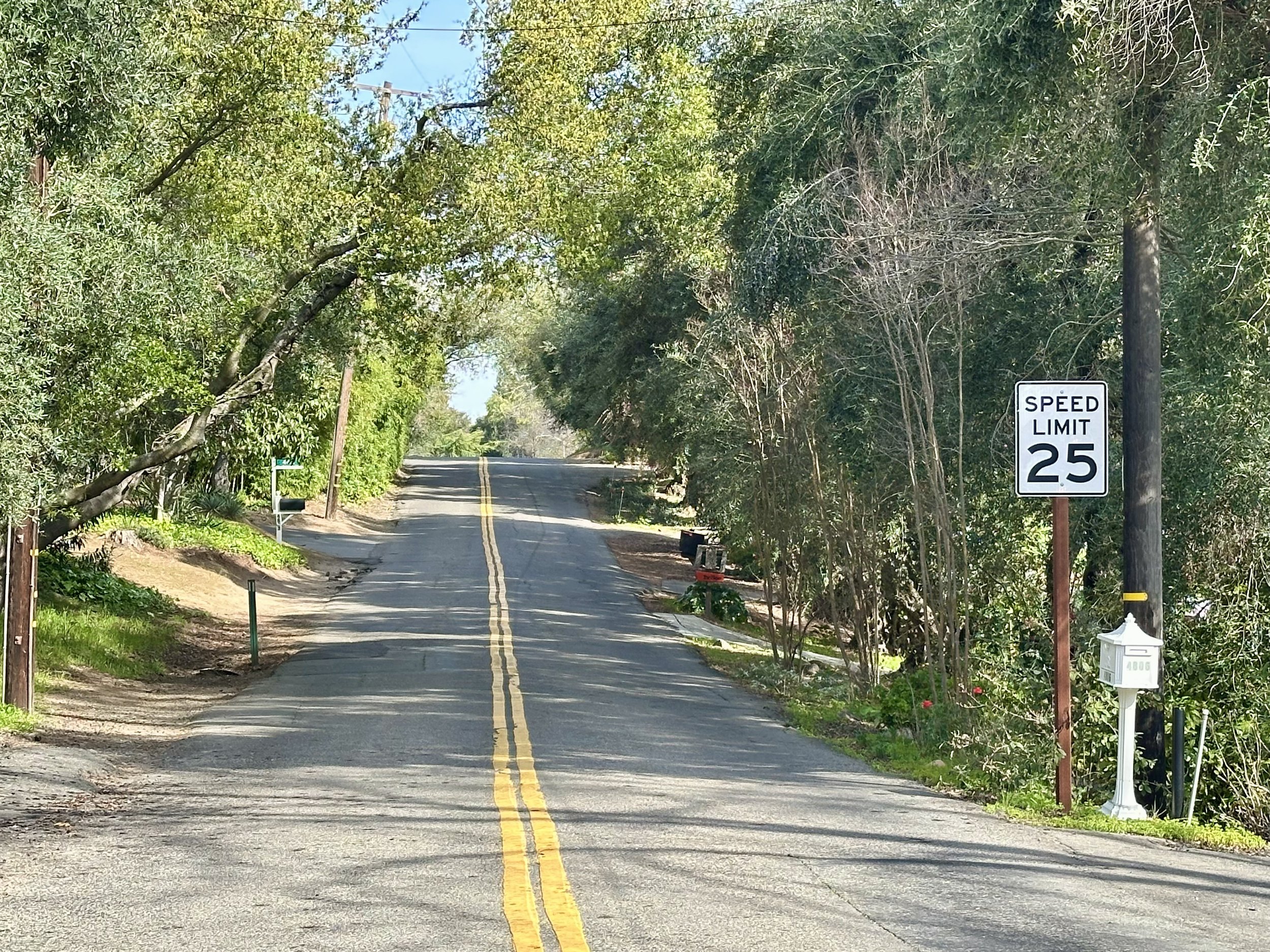
This road lacks a safe shoulder, forcing pedestrians and cyclists into traffic. A solid double yellow line prevents drivers from safely moving over, leaving no room for people to walk or bike without danger.
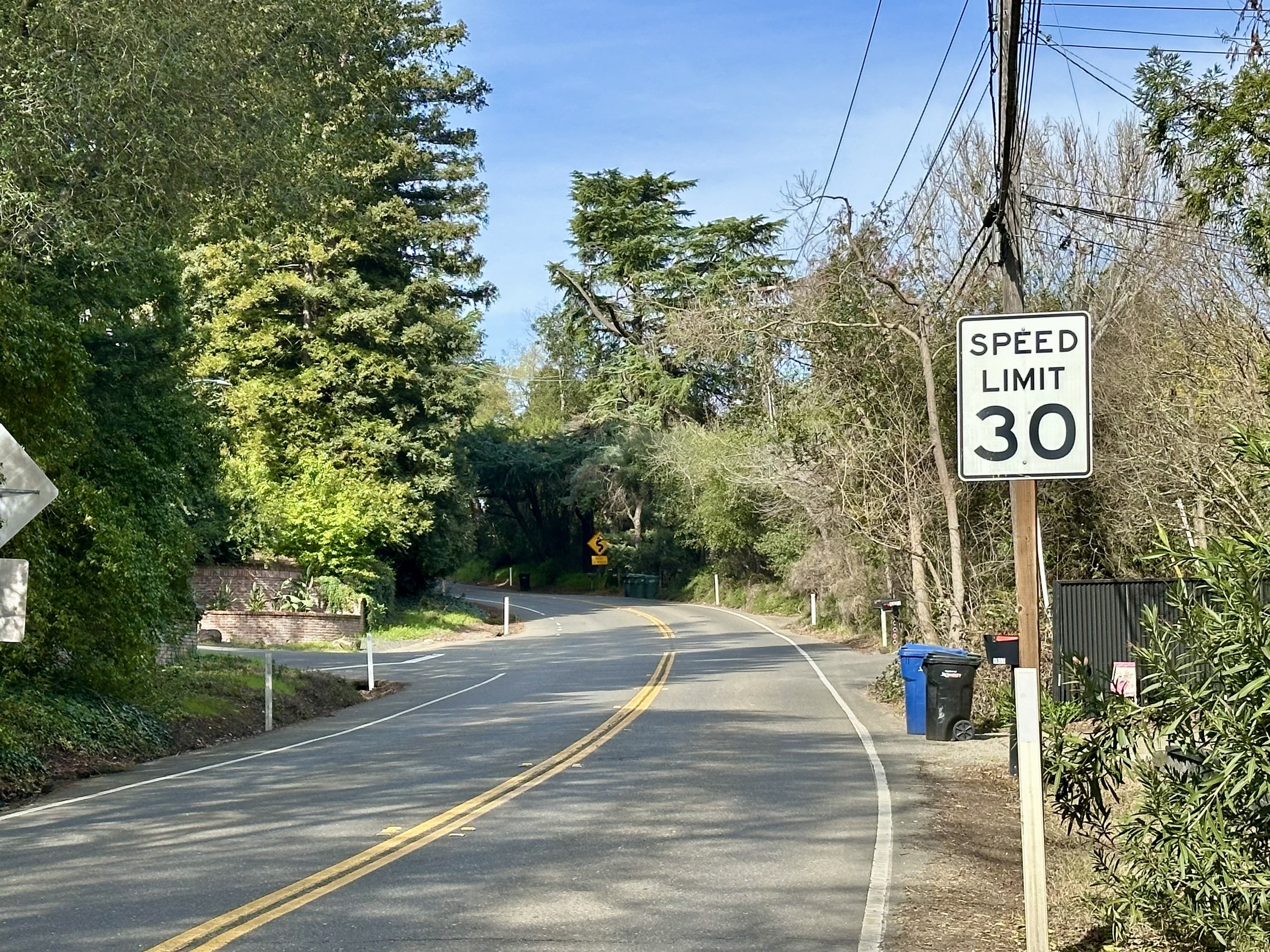
Despite its winding path and lack of a shoulder, this residential road is marked at 30 mph, creating hazardous conditions for pedestrians and cyclists.
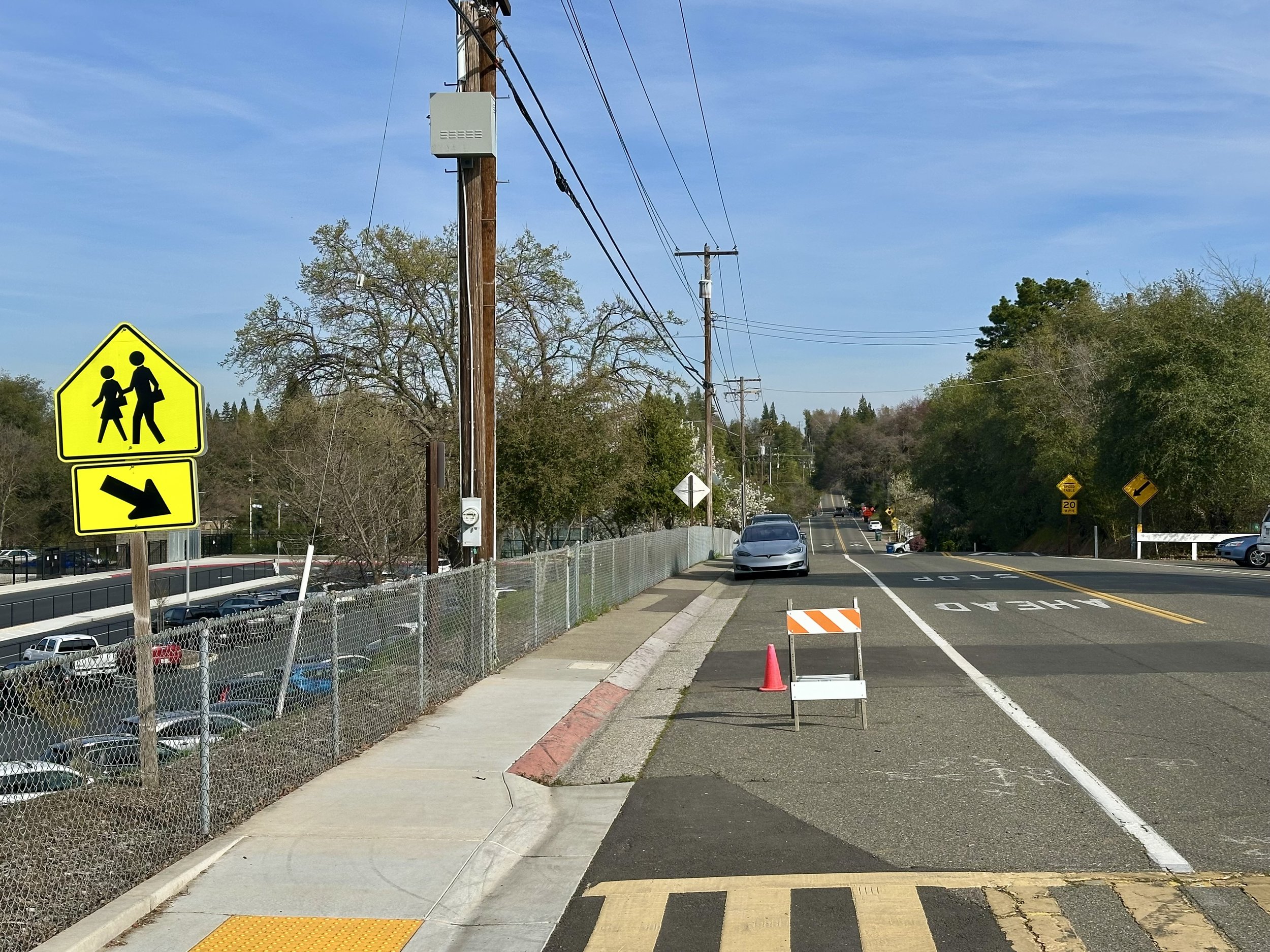
Outside Earl LeGette Elementary, double yellow lines prevent drivers from safely sharing the road with students and parents. The inconsistent sidewalks leave pedestrians vulnerable, making this route dangerously unsafe.
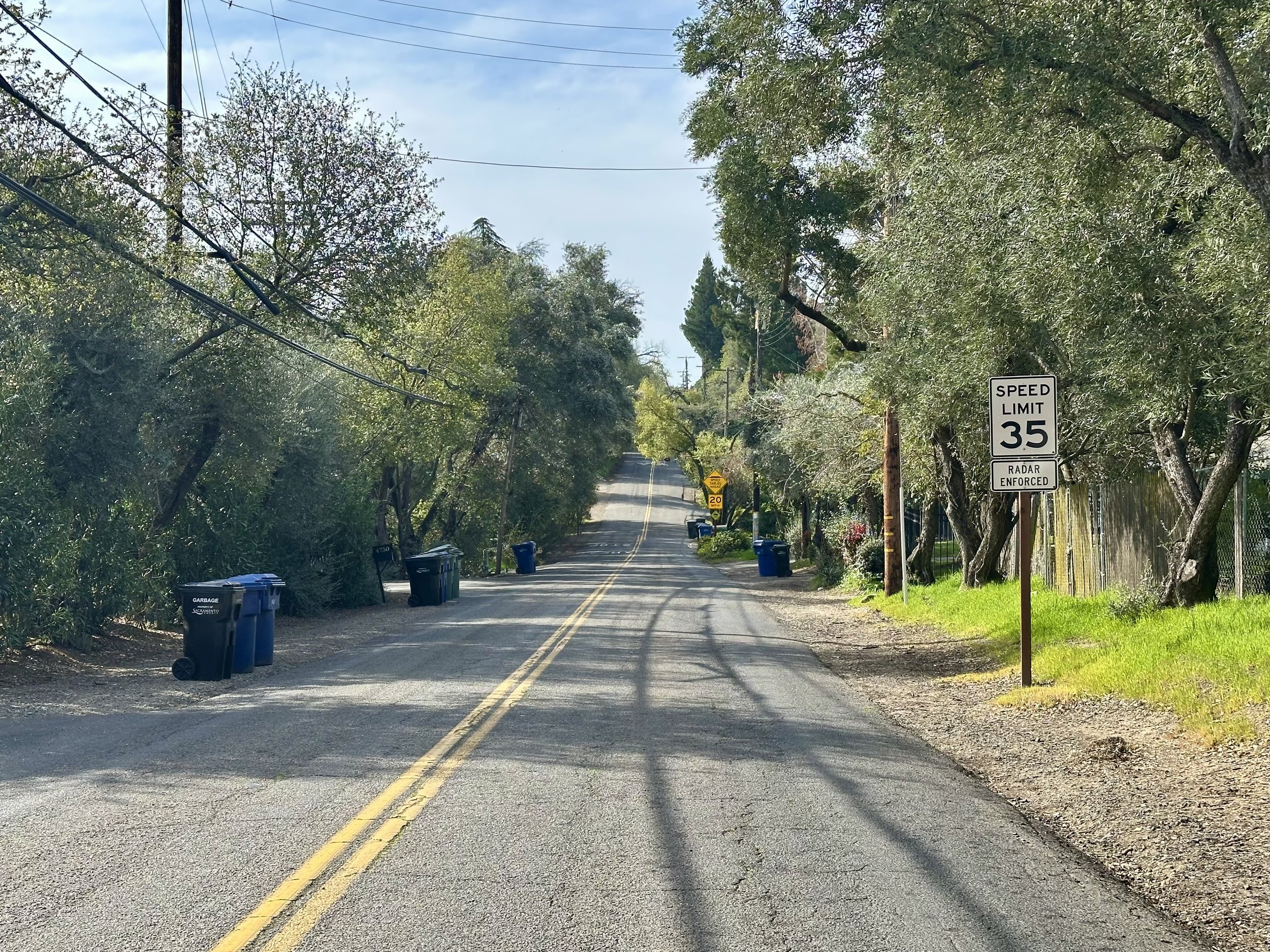
This neighborhood street is marked with double yellow lines, preventing drivers from safely giving space to residents. Despite having no sidewalks, bike lanes, or a substantial shoulder—and with crumbling edges—it is dangerously marked for 35 mph, making it an even greater hazard for pedestrians and cyclists.

This deteriorating residential street is home to several families, yet the double yellow lines signal that pedestrians aren’t welcome. Its crumbling condition makes travel hazardous for everyone, and despite these dangers, it is improperly designated as a 35 mph zone.
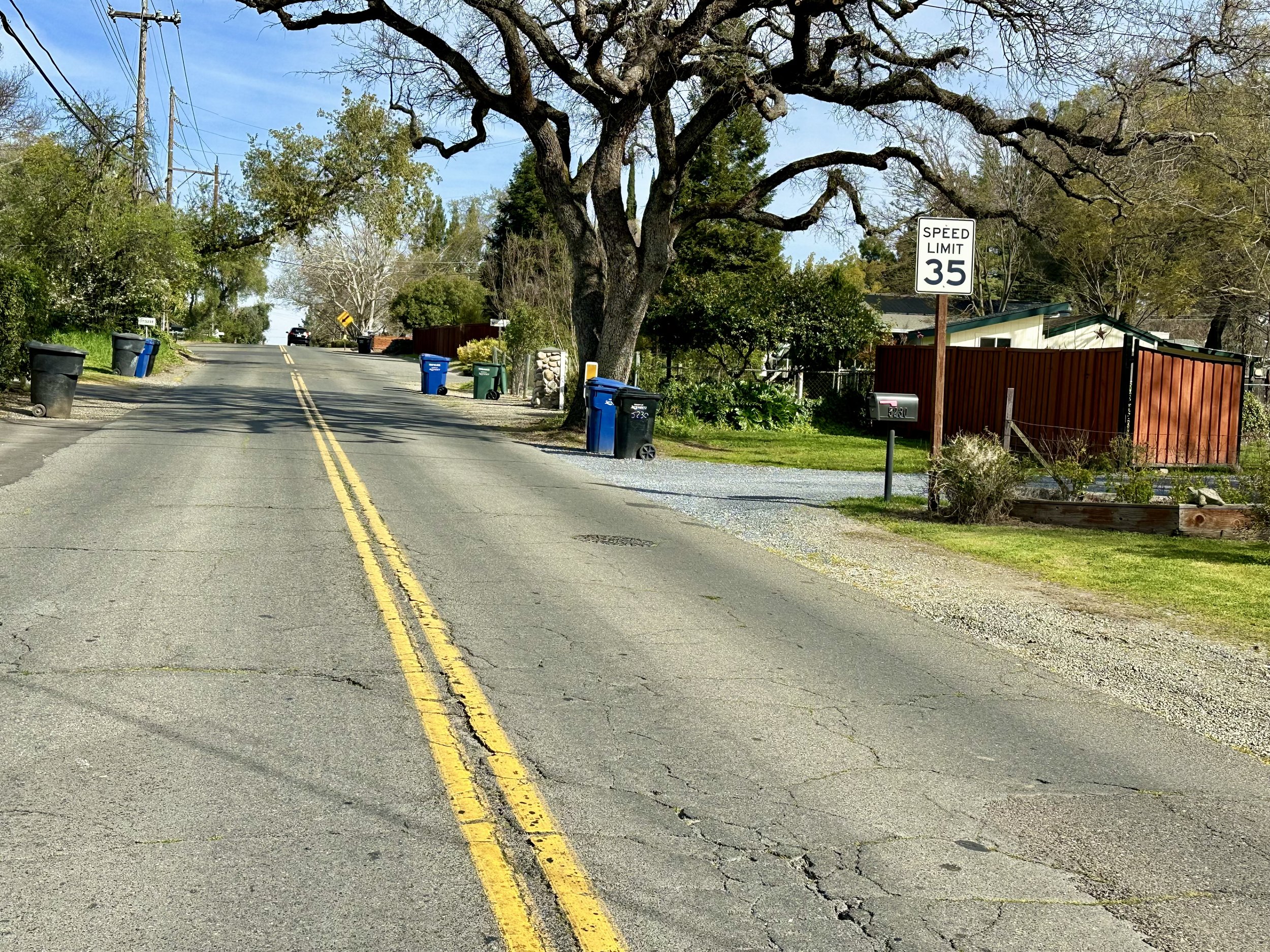
This crumbling residential road poses a serious danger to those who live on it. The double yellow lines prevent a shared space for pedestrians and drivers, the 35 mph speed limit further jeopardizes safety, and the lack of a shoulder leaves cyclists and pedestrians with nowhere safe to go.
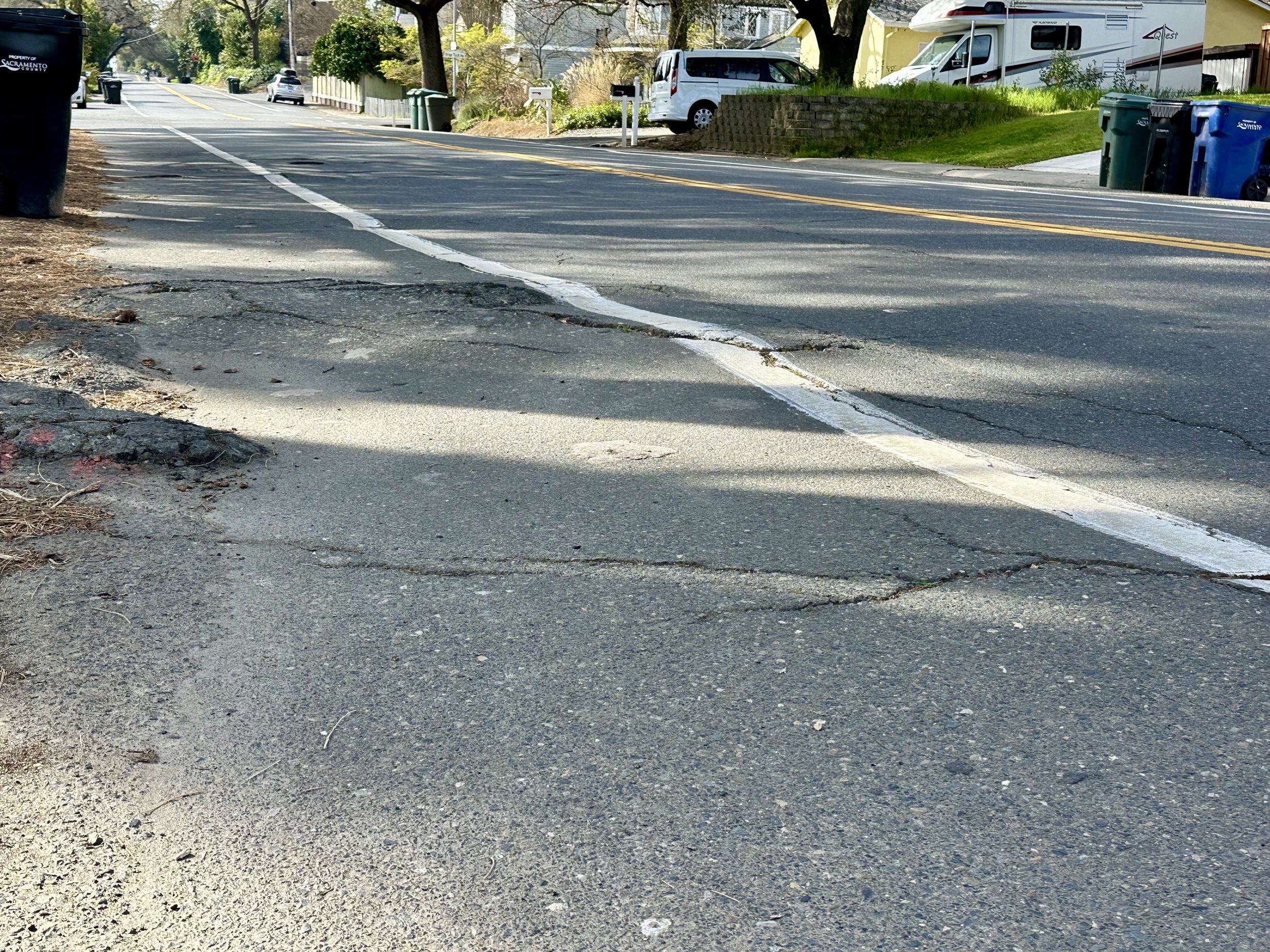
This photo captures one of many areas where the crumbling shoulders force pedestrians and cyclists into traffic, creating a dangerous situation for all road users.
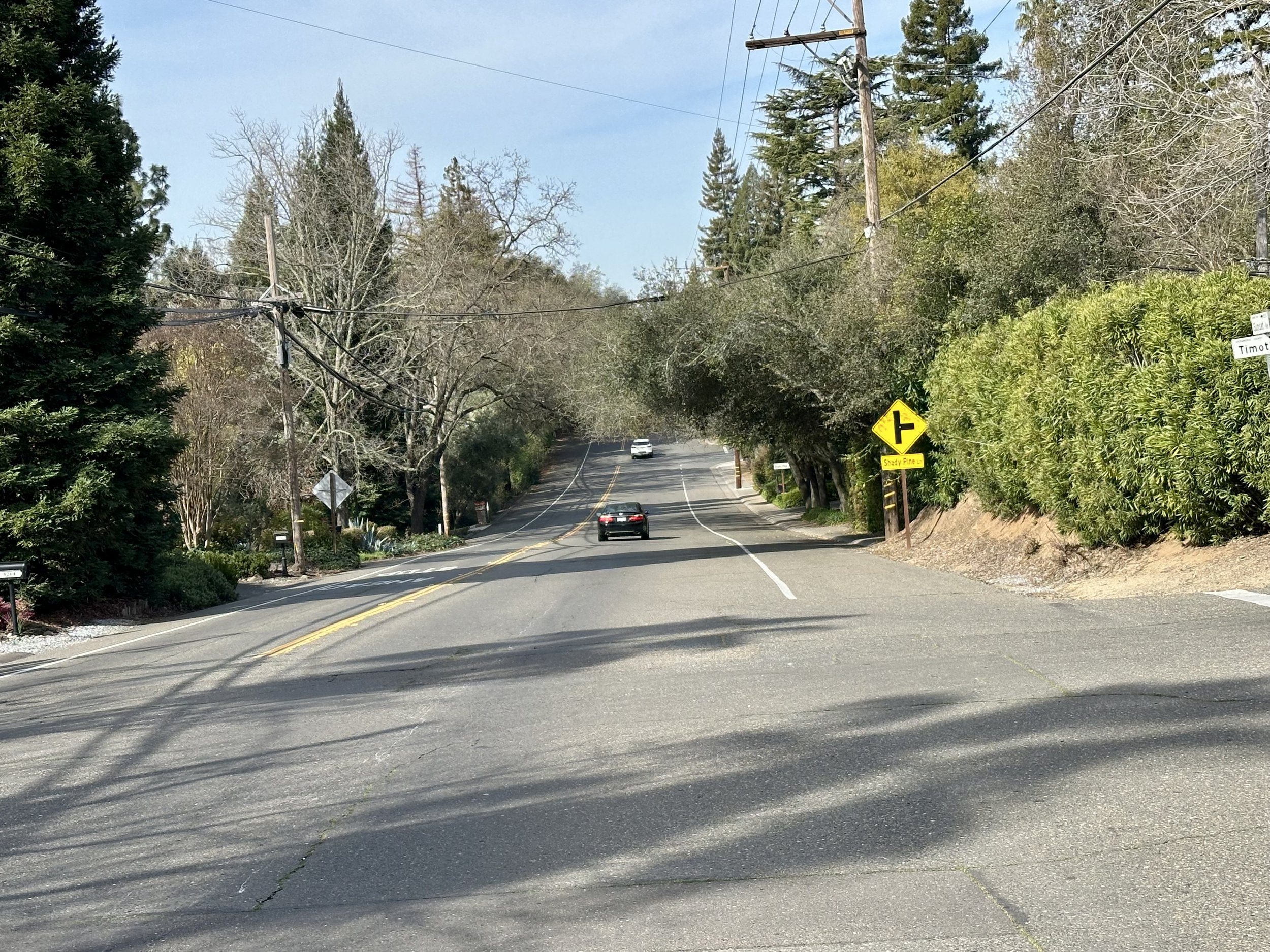
This is a prime example of poorly planned neighborhood striping. The inconsistent shoulders and double yellow lines, combined with overly wide lanes, encourage speeding. In this case, the road is so wide that drivers even pass on the right. Families live here, yet children have no safe place to walk.
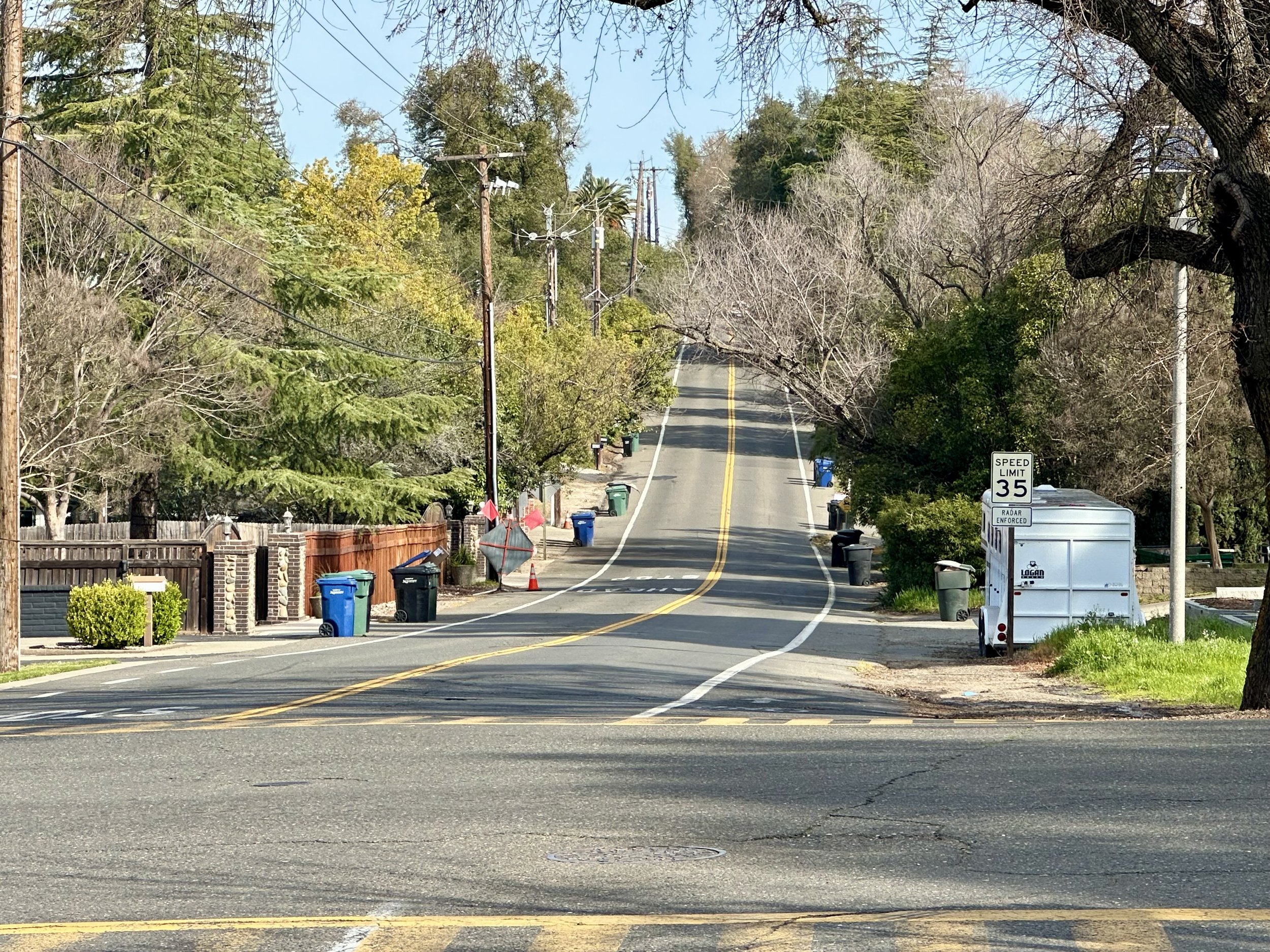
This main route to Earl LeGette Elementary is dangerously marked as a 35 mph zone, despite having no safe walking area. The double yellow lines further prevent drivers from safely sharing the road with pedestrians.

According to California Vehicle Code Section 21460, Article 3, double yellow lines legally prohibit drivers from crossing into the opposite lane—even to give pedestrians space. Fair Oaks County’s road markings create hazardous conditions for pedestrians and cyclists. By painting double yellow lines on streets without sidewalks or bike lanes, the message is clear: these roads are designed for cars, not people. Solid double yellow lines reinforce a rigid “stay in your lane” rule, prioritizing vehicle flow over safety.


